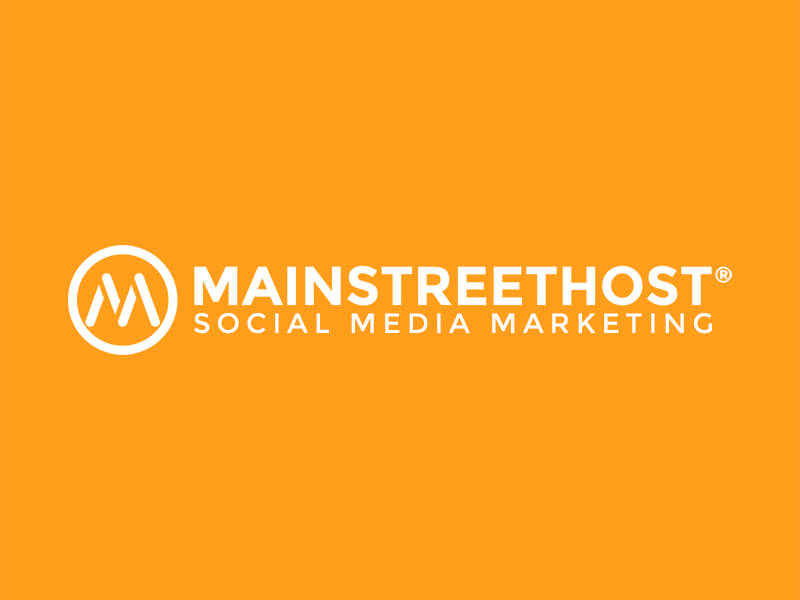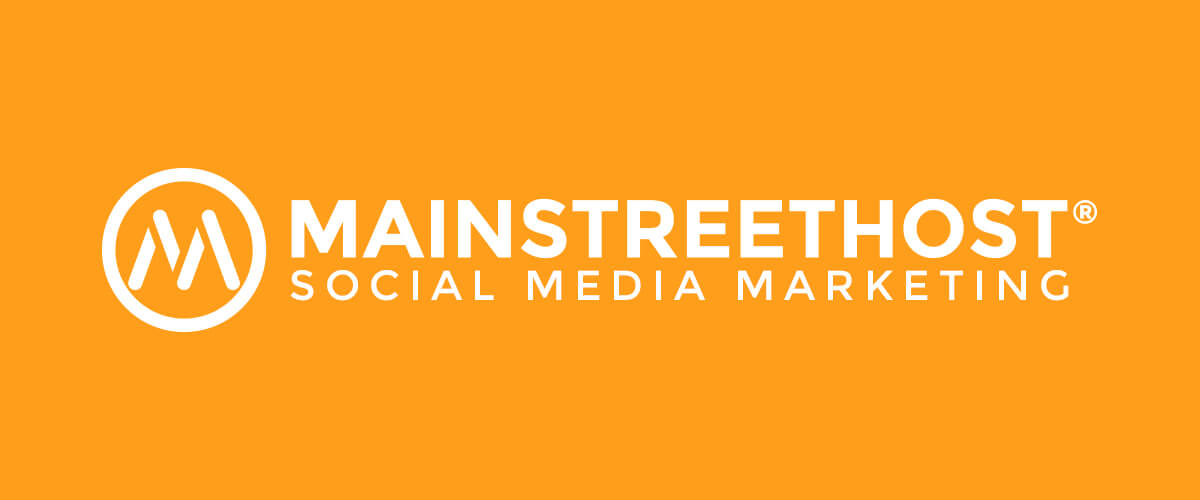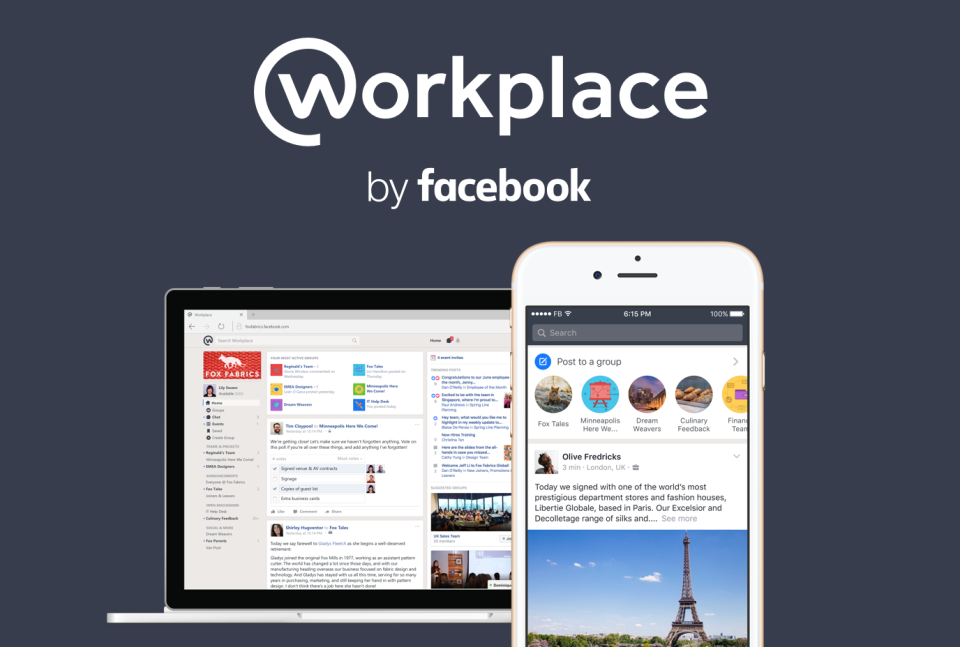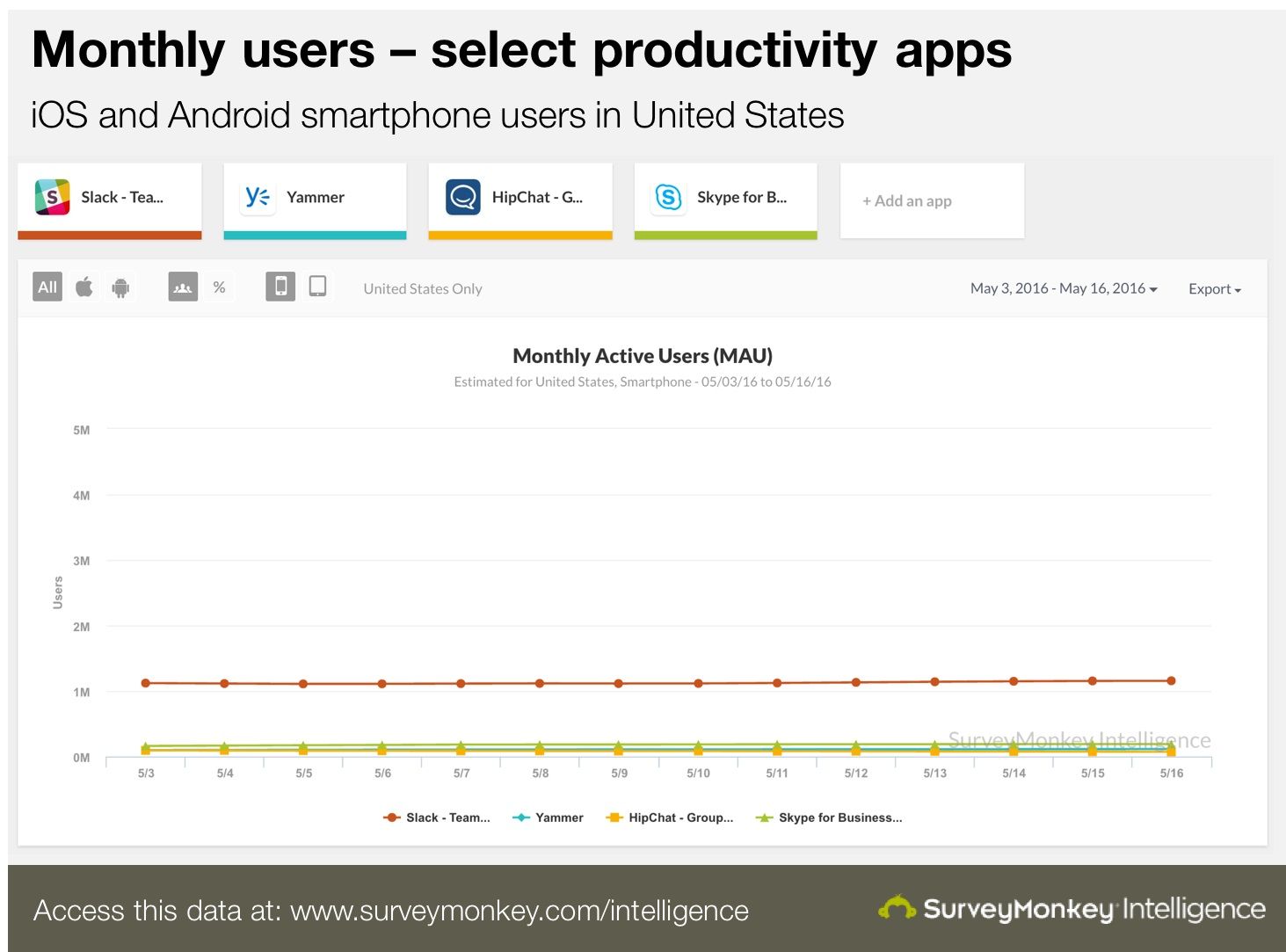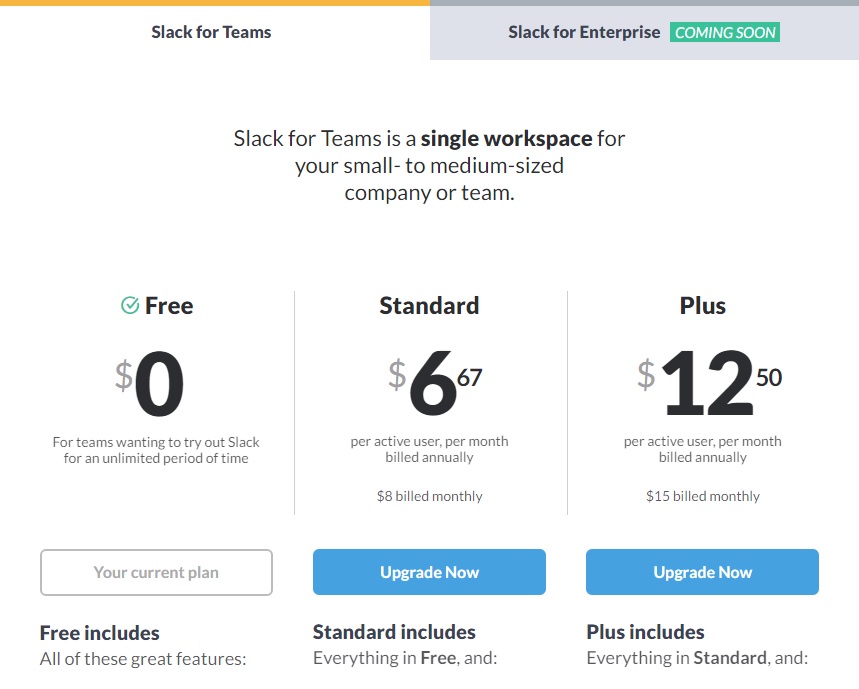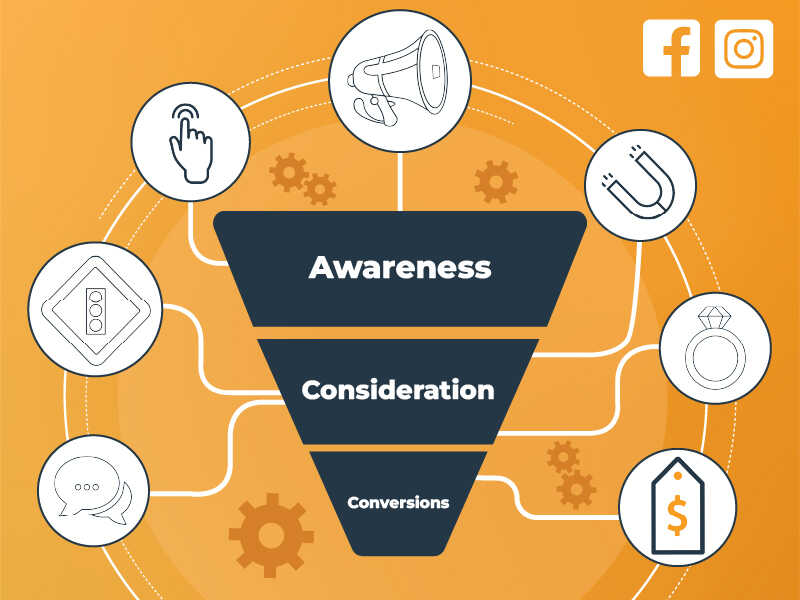No matter what type of environment you work in, communication with your peers is vital. If you can’t quickly convey information to each other, productive collaboration is almost impossible. In order to encourage open interactions, most companies use some kind of workplace communication software.
After all, technology and software have greatly impacted how we interact with one another in our social lives, so why wouldn’t they play a role at the office as well?
As this demand grows, so do the companies building the software. For the past two years, workplace collaboration software has been dominated by Slack. Its sleek interface, smart branding, and user-friendly mobile integration have ingratiated it to businesses across a variety of industries.
Facebook, on the other hand, has played a major role in our social interactions for about a decade. Up to this point, most instances of employees using it at work were considered detractions from productivity, not enhancements. That might soon be changing, as the social giant rolled out its new office communication feature: Workplace. The move is the latest example of Facebook trying to thwart the influence of newer upstarts in the tech world by expanding its functionality.
Slack
Slack launched in August of 2013 and really took off about a year later, when it jumped from 16,000 to 140,000 daily active users.
While it wasn’t the first company to create highly immersive enterprise software solutions – major companies like Microsoft have been trying to popularize similar products for years – it was the first to make something user-friendly enough to catch on in a big way.
The marketing for Slack has also been smart from the start. Its place in the culture at large is inextricably linked to the forward-thinking, tech-savvy companies populating Silicon Valley – both the actual place and the HBO show.
As for functionality, Slack’s product has followed through on its initial promise in a major way: organizations using it have reported significant decreases in work email, improved communication, and increased overall productivity.
Slack finds itself in an interesting position as the upstart to Facebook’s incumbent giant. But in terms of workplace communication specifically, Slack is far more entrenched, especially among companies that lean younger and more tech-dependent. In order to build on that base, they’ll need to showcase the the benefits of working with a company that is completely devoted to workplace communication, not merely adopting it as a side-job.
Workplace
We’ve written quite a bit about Facebook’s ambitious sense of self as much more than merely a social platform. In fact, many companies that got their start as social media companies are actively trying to rid themselves of that rigid label. Snapchat CEO Evan Spiegel would like his company to be known as a camera company, his wish coinciding with the release of their first hardware product, Spectacles.
But Facebook’s idea of itself goes far beyond just dipping into hardware. It appears that Zuckerberg & Co. would like their platform to have a hand in literally every type of interaction that humans have. That strategy leads us to their most recent rollout: Workplace. Workplace is similar to Slack in that, at its core, it’s a way to communicate with coworkers. It’s based on Facebook’s already established features like Timeline, Messenger, even Facebook Live
Addressing this functional flexibility, Facebook’s blog states,
This means you can chat with a colleague across the world in real time, host a virtual brainstorm in a Group, or follow along with your CEO’s presentation on Facebook Live.
It’s a smart way to describe Workplace, tapping into the trust and experience that users have already built up with the social iterations of those features.
There are new features, as well. One advantage Workplace holds over Slack is that it offers Multi-Company Groups, which enable communication between employees from different companies and organizations. These types of collaborations have always been a part of doing business, and their importance has only grown as cross-industry partnerships become more popular.
Facebook’s success on mobile – its Messenger app has over 1 billion mobile users – will also help it gain serious footing early on. Slack does offer mobile versions for both iOS and Android – and both outperform their pre-Workplace competitors’ apps by a wide margin – but it doesn’t have near the audience Facebook is already working with.
As you can see below, Slack’s millions are dwarfed by Facebook’s billions.
Source: www.surveymonkey.com/intelligence
Of course, Facebook will be relying on its users’ willingness to see the platform in a new light. All of the factors that will contribute to Workplace users’ immediate comfort with it will also contribute to their preexisting sense of what it does. Even if Facebook’s technology is on par with or greater than Slack’s, it needs to convince consumers to see it that way.
Some of the hardest people to convince will be employers who want to be vigilant about whether employees are actually using Workplace productively. In order to combat this, Workplace has built-in controls that enable employers to block News Feed updates that aren’t company-related. Once again though, including these features is only the first step; convincing the decision-makers to believe in them is a whole different story.
Pricing
Facebook will base the pricing for Workplace on how many active monthly users an organization is purchasing for: $3 per employee for the first 1,000 users, $2 for 1,001 to 10,000 users, and $1 each for any employees after 10,000.
For paid plans, this gives Workplace an immediate competitive advantage over Slack, whose paid plans range from about $7 to $12.50 per active monthly user. It’s important to note that Slack still offers a free plan for teams just trying the service out. The free version still includes features like searchable message archives (although only up to 10,000, which goes by quicker than you might expect), native mobile apps for iOS and Android, two-person calls, and 5GB of storage for the team.
Small, frugal businesses (and small, frugal teams within bigger businesses) will have to decide whether the $3 per active user price offered by Workplace is low enough to jump ship from Slack’s free platform.
In our experience, Slack’s free version is still a huge boon for cleaning email inboxes and productivity in general. Although the message limit can be restraining, especially when trying to retrieve older information over the course of a long project.
Final Thoughts
Ultimately, it will be hard for Slack to compete with the goldmine of existing data and features that Facebook is bringing to the table. The News Feed – if properly tweaked and reappropriated for office use – could be a perfect way for businesses and teams to communicate with one another in a broad sense. For more specialized projects and conversations, Messenger is extremely adaptable and comes fully equipped with features like ecommerce, video calling, and even rudimentary artificial intelligence.
On the flip side, in order for Facebook to capitalize on these things, it will have to convince the masses to fundamentally change the way they see its platform. This is extremely difficult to do. In the past, when cross-industry endeavors didn’t gain traction, Facebook pulled the plug fairly quickly. It’s not like they don’t have a lucrative day-job to return to.
In the end, Workplace may not necessarily be a death bell for Slack, but it is most definitely a wake-up call.

